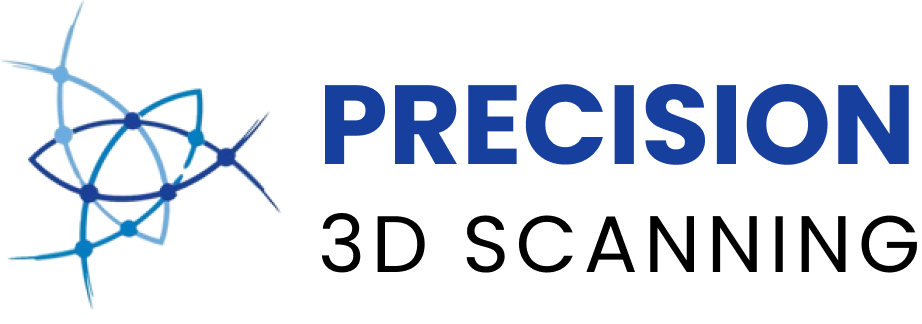
In the realm of construction, achieving specific Floor Flatness (FF) and Floor Levelness (FL) ratings is often a project requirement. ( https://www.concrete.org/Portals/0/Files/PDF/WTRF6_revised.pdf). These ratings define the flatness and smoothness of concrete floors. They are critical for various applications, including industrial facilities, warehouses, and commercial spaces. However, meeting these project-specific FF/FL standards can be particularly challenging when confronted with concrete placement deficiencies. This is where Using LiDAR Scans to Address Surface Deficiencies to Achieve Project-Specific FF/FL and self-leveling compounds shine. They are the dynamic duo, providing a precise and efficient path to achieving the desired FF/FL ratings.
Accurate Surface Assessment: A Foundation for Improvement
Before setting out to correct deficiencies and achieve project-specific FF/FL ratings, it’s crucial to start with a comprehensive assessment. Using LiDAR Scans to Address Surface Deficiencies to Achieve Project-Specific FF/FL offers an ideal solution. It captures and identifies the existing topography of the concrete surface. The LiDAR scan defines areas that do not meet the desired FF/FL standards. This accurate assessment is the first step in formulating a targeted remediation plan.
Creating a Targeted Remediation Plan
LiDAR data, with its 3D models, allows construction professionals to create a meticulous plan for addressing concrete placement deficiencies. It offers a clear visualization of problematic areas, and ensures that resources are allocated where they are needed most. In the context of achieving specific FF/FL ratings, this level of precision is invaluable. The plan is tailored to address specific deviations, and ensures that the final surface meets the project’s requirements.
Applying Self-Leveling Compounds with Precision
With the LiDAR-informed remediation plan in place, it’s time to apply self-leveling compounds. These compounds are meticulously poured onto the concrete surface, strategically filling in low spots and leveling high areas. The compounds flow naturally into these areas, eliminating the need for manual leveling and ensuring that the surface becomes uniformly even. The goal is to create a consistently level and smooth surface that aligns with the project’s FF/FL standards.
Realizing Project-Specific FF/FL Ratings
After applying and setting the self-leveling compounds, LiDAR scanning comes into play again. It serves as the ultimate tool for quality assurance. By scanning the remediated surface, construction professionals can compare the as-remediated surface against the project’s FF/FL requirements with remarkable precision. The team swiftly identifies and addresses any remaining deviations or imperfections, ensuring the final result aligns perfectly with the specified FF/FL ratings.
Ensuring Efficiency and Cost-Effectiveness
The combination of LiDAR scanning and self-leveling compounds streamlines the entire process of achieving project-specific FF/FL ratings. It minimizes the need for labor-intensive manual leveling, accelerates project timelines, and reduces material wastage.The increased efficiency not only saves costs but also keeps projects on schedule and within budget.
Prolonging the Life of the Surface
Addressing concrete placement deficiencies to achieve specific FF/FL ratings is not just about aesthetics; it’s also about the long-term durability of the surface. By creating an even and smooth surface that meets the project’s requirements, construction professionals ensure that the surface is less susceptible to wear and tear. This longevity enhances the return on investment for the project.
Meeting project-specific Floor Flatness (FF) and Floor Levelness (FL) ratings can be a challenging endeavor, especially when confronted with concrete placement deficiencies. However, the combination of LiDAR scanning and self-leveling compounds offers a transformative solution. From accurate surface assessment and targeted remediation planning to precision application of self-leveling compounds and quality assurance through LiDAR scanning, this dynamic duo streamlines the process while ensuring that the final surface perfectly aligns with project-specific FF/FL requirements. This approach not only saves time and money but also results in a surface that is both aesthetically pleasing and durable. In the realm of concrete construction, where precision is paramount, LiDAR scanning and self-leveling compounds set a new standard for excellence.
If you have a project that needs help with FF/FL, Click here and set up a free consultation: https://precision3dscanning.com/request-a-quote/

